The Risks of Fishing near Cables & Renewable Energy Structures
The potential risks associated with the offshore renewable and subsea cable industries come in two distinct categories – surface structures and subsurface structures. Each type of structure may potentially be a risk to fishing activities. The information below describes these hazards, with the subsequent sections explaining the emergency procedures.
Surface Structures
A typical offshore wind farm will be visible to mariners from a reasonable distance as they will see the wind turbines on the surface. These structures are normally set out in a pattern with similar distances between each wind turbine on any particular site. The distance between wind turbines currently ranges from between 400m and 1000m, although may change in the future when larger wind turbines become available. Also visible on the surface you may see an electricity substation which is similar to a small platform in size and is used as the distribution point for the electricity generated and exported to shore.
| Substations (Robin Rigg OWF) | Wind Turbines (Scroby Sands OWF) |
|---|---|
 |
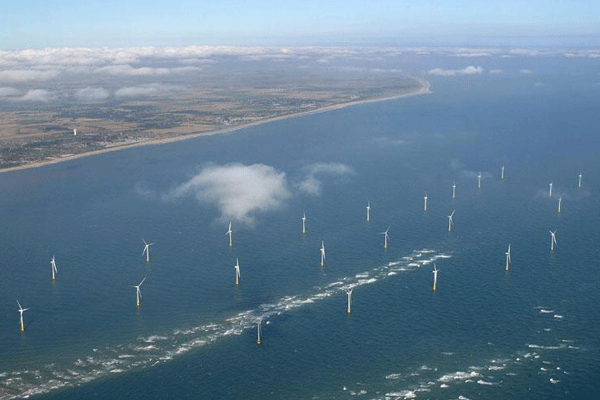 |
Sub-Surface Structures (Cables and Associated Structures)
Subsea Cables
Subsea Cables are the unseen hazard for fishing activities. Not only are these cables prevalent in the vicinity of wind farms, they are also widespread throughout the waters of Europe, providing power and telecommunications links.
| Inter-Array Cables (Robin Rigg) | Other Telecom & Power Cables |
|---|---|
 |
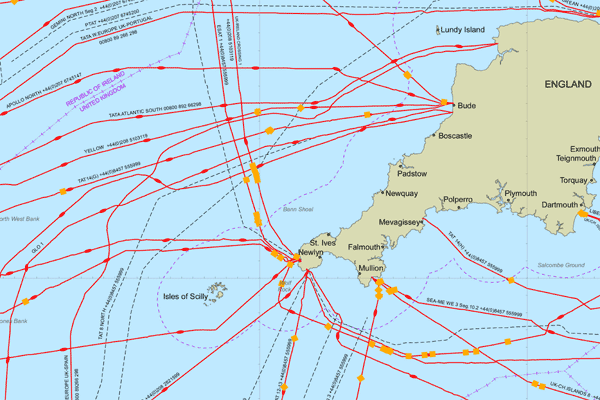 |
Risks directly related to encounters with submarine cables are substantial and the coasts of the United Kingdom and Europe have a very large number of submarine cable systems. Heavily armoured cables are very strong and have high breaking strains, sometimes over 20 tonnes and can do extensive damage before they give way. Most modern submarine cables carry high voltages which may prove lethal if attempts are made to cut them.
A single cable is capable of carrying millions of telephone messages at the same time and costs hundreds of thousands of pounds to repair. Damage to cables can cause serious disruption to world communications and affect safety of life. Loss of gear, fishing time and catch can result if a trawler comes foul of a submarine cable and there is serious risk of loss of life. The purpose of the KIS-ORCA project is to provide information that helps prevent such disasters.
Final Splices
Further hazards to fishing gear are the repairs to the cables called Final Splices. After a repair has been completed by splicing two ends together, the cable vessel has a large section, or bight of wire, leading from the seabed to the ship. This is held onboard by rope stoppers, then the procedure is simply to slip both stoppers and lower the bight of cable back onto the seabed. Cable burial of this section is often not completely successful and therefore avoidance of final splices is highly recommended.
Final Splice Bights are laid on the seabed at right angles to cable line. The crown of the bight may be up to 2 x water depth from the charted cable route (as shown below).
| A Final Splice | A Cable Repeater |
|---|---|
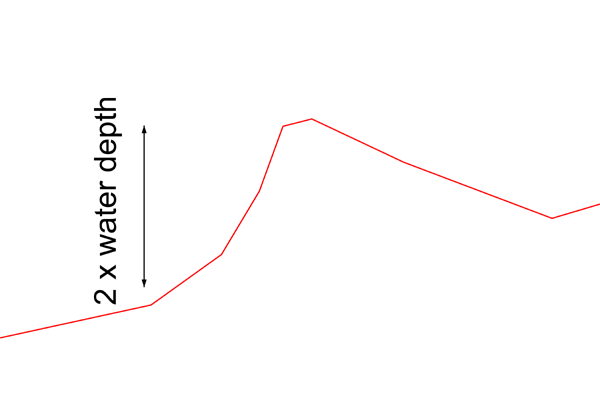 |
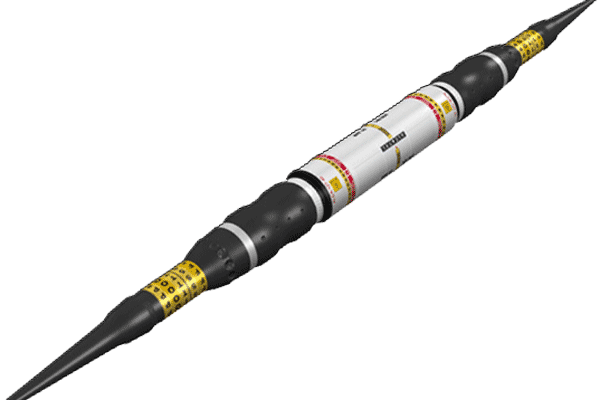 |
Repeaters
At intervals of about 50km along a cable there may be a repeater or signal booster. As the name implies, these repeaters strengthen the signal as it travels along the cable, this ensures the calls are strong and clear (image shown above). Damage to, or loss of a repeater can result in an very expensive repair or replacement, as well as breakdown in commercial business communications.
Cable Burial
At the time of installation these cables will generally be buried into the seabed, by various methods such as cable ploughs (shown below) or water jets. In most cases recently installed cables are buried beneath the seabed to a target depth of 1 metre. Where burial is not sufficient, or may not be achieved, then the cables may be covered with small stones/rocks or mattresses for protection.
| A Cable Plough | A Cable Spanning The Seabed |
|---|---|
 |
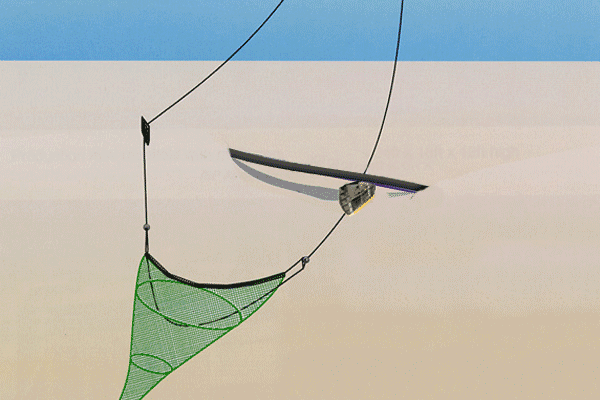 |
Cables can be scoured out by tides and currents or moved by anchors and fishing gear. Therefore, cables that were considered safe from subsea activities at the time of installation, may become unburied. Also, due to seabed movements, cables may occasionally be spanning hollows in the sea bed (as shown above).
Please also ensure you have the latest KIS-ORCA data for your fishing plotter system and are familiar with the awareness chart for your fishing area. These may be downloaded from here.
Disclaimer
TO DOWNLOAD THIS FILE, YOU MUST AGREE TO THE TERMS AND CONDITIONS "TERMS" NOTED AT THE FOOT OF THIS WEBSITE WHICH APPLY TO YOUR USE OF THIS WEBSITE AND TO USE OF THE FILE YOU HAVE CLICKED TO DOWNLOAD. IF YOU DO NOT AGREE TO THE TERMS, YOU WILL NOT BE ABLE TO DOWNLOAD THE FILE AND YOU SHOULD NOT USE THIS WEBSITE. TO CONFIRM YOUR ACCEPTANCE OF THE TERMS AND TO COMMENCE THE DOWNLOAD OF THE FILE, PLEASE CLICK THE "DOWNLOAD" CHECK BOX. IF YOU DO NOT AGREE TO THE TERMS, PLEASE CLICK THE "CANCEL" BUTTON. YOUR ATTENTION IS DRAWN TO CONDITION 3 NOTED BELOW WHICH FORMS PART OF THE TERMS IN RELATION TO OUR LIABILITY TO YOU.
Agree and download Cancel




